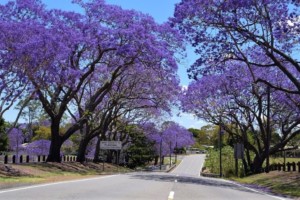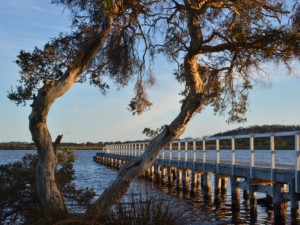Good news in tourism September 13 – 19, 2020
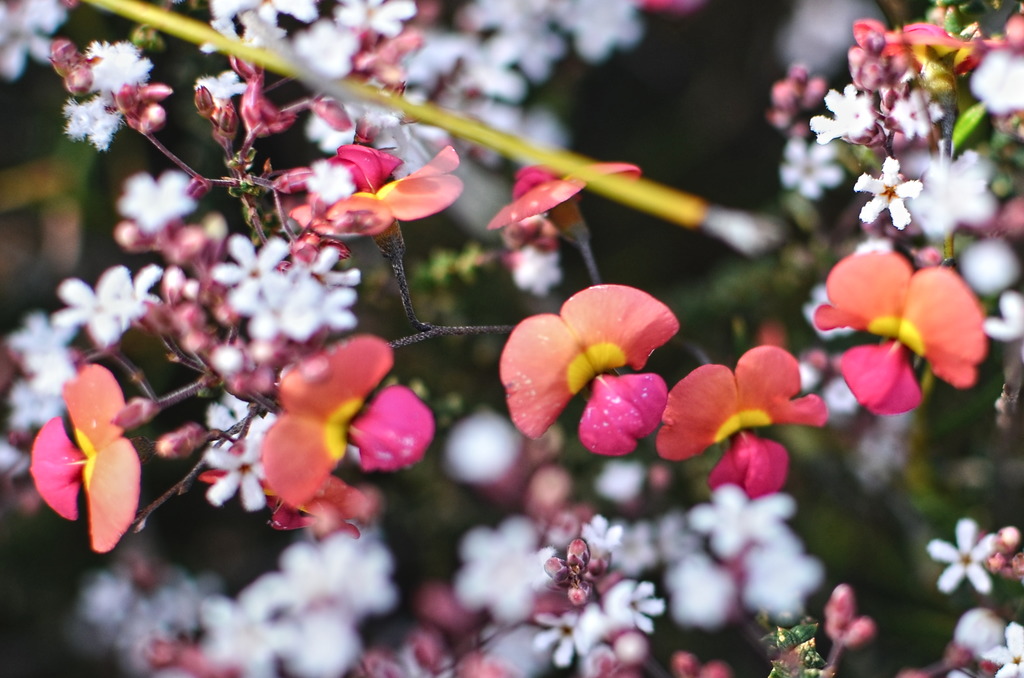
Because TLM (tourism livelihoods matter) …
Published every Sunday, “Good news in tourism” is the perfect pick-me-up for the start of a new week in travel & tourism … everyone’s business.
This week’s good travel & tourism news menu:
(Click / touch an item to go straight to it.)
It’s “Good Tourism”. And go!
“GT” news
Hotels Joining Hands has produced a beautiful video about what they are doing to stave off hunger in tourism-dependent Siem Reap, Cambodia:
Hotels Joining Hands is a “Friend indeed”, a charitable cause worth your consideration by virtue of the fact that a “GT” Friend or “GT” Partner is involved.
“GT” Insight Partner the World Tourism Association for Culture & Heritage (WTACH) made Nigel Fell’s appointment as chief commercial officer official on Thursday. As CCO, Mr Fell’s role is to secure “appropriate commercial partners who want to help cultural and heritage attractions around the world benefit from tourism in a more responsible and mutually beneficial way”, WTACH chief Chris Flynn said.
The importance of good partnerships
Seek out good partnerships with those who make you their priority.
“GT” is a good partner. Please verify that with a “GT” Partner and then ask about partnership opportunities. There’s a “GT” partnership opportunity for everyone — big or small; public or private; commercial or not-for-profit — because travel & tourism is everyone’s business. All “GT” Partners not only get a “Good Partner” banner and listing but also the outstanding opportunity every week to contribute positive news & comments to these almost-famous weekly “Good news in tourism” posts.
COVID ops
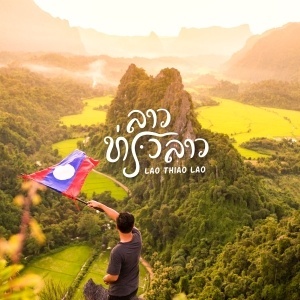
To help travel & tourism stakeholders survive until international visitors return to Laos, the “Lao Thiao Lao” campaign launched in Vientiane September 11. As reported by “GT” Destination Partner WeAreLao.com, the domestic tourism campaign is a public-private partnership between the Ministry of Education & Sports (MoES), the Ministry of Information, Culture & Tourism (MICT), the Lao National Chamber of Commerce & Industry (LNCCI), and leading tourism and hospitality businesses.
To help rural areas cope with the coronavirus crisis, a travel & tourism industry partnership in India is developing a series of 150+ training videos in more than 18 regional languages. The free and “open source” videos will target various stakeholders, including homestay owners, village panchayats (councils), teachers, youth, women, and travellers. The organisations behind the project are NonOnMap, Help Tourism, and the International Centre for Responsible Tourism (ICRT) India. Meanwhile, India’s Ministry of Tourism has “sanctioned” two rural tourism projects in the states of Bihar and Kerala under the “Rural Circuit”; one of 15 thematic tourism circuits slated for assisted development.
There are more re-openings in Africa, including Namibia, which opened up to international travel on September 18. “Yes, the virus is deadly, however, we are aware that poverty also kills,” Namibia president Geingob said. So it’s not ideal for them. Namibia’s neighbour South Africa will allow international travel from October.
In east Africa, after five months of shutdown, Zimbabwe’s government is allowing domestic and international travel to resume, which is relief to a sector “on the brink of total collapse”. The Zimbabwe Tourism Authority (ZTA) reckons this move in addition to ongoing infrastructure investment should yield benefits for communities. While about 60% of Zimbabwe’s tourism is based on wildlife habitat conservation, ZTA is working with more than 40 community-based tourism projects in urban and rural settings.
In north Africa more than 200,000 tourists have visited Egypt since the resumption of tourism on July 1, according to the minister of tourism Khaled Al-Anani. Flights between Armenia and Egypt resumed on September 17.
Greek tourism minister Harry Theoharis has reportedly indicated that destinations that impose strict anti-COVID-19 measures now will be favoured with extra exposure in next year’s tourism promotions. “We have to look ahead,” Theoharis said. “We must build on the brand of Greece that overall came out a winner this year.”
On Kauai island, Hawaii, USA visitors may now enjoy a little freedom during their 14-day “resort bubble” quarantine. They can leave their rooms to enjoy on-site amenities, but they have to wear a GPS monitor so hotel security can ensure no one leaves.
Despite the coronavirus, tourism in the city of Brno, Czech Republic survived the 2020 summer in good health. Some attractions even reported record numbers of visitors thanks to local and domestic tourism activity.
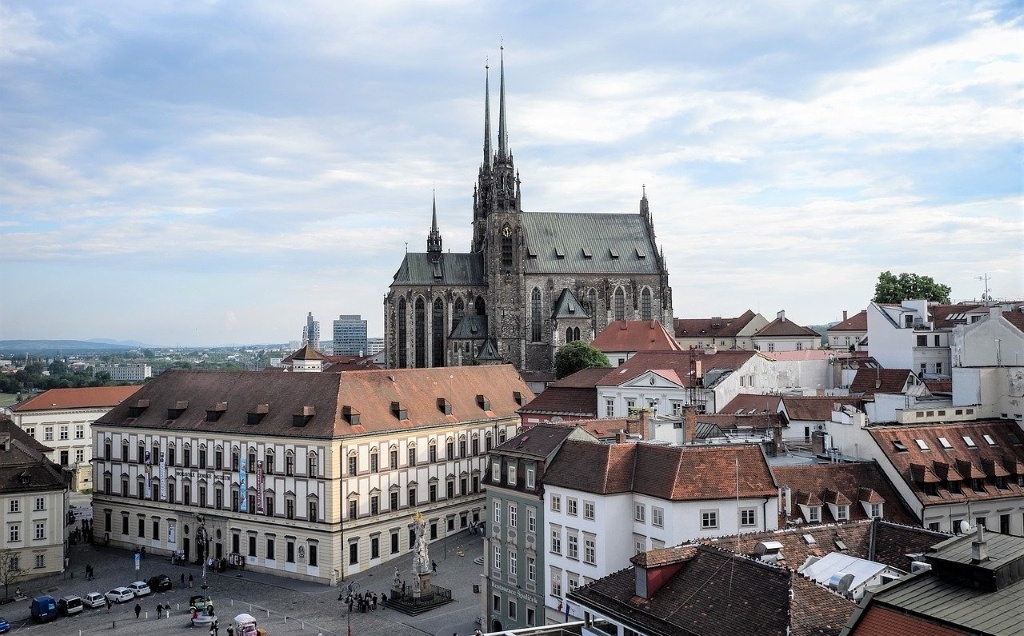
Qantas’ seven-hour SYD-SYD scenic sightseer sold-out in 600 seconds. The Australian airline says it is operating it on a cost-recovery and carbon-neutral basis. QF chief Alan Joyce said: “This flight, and possibly more like it, means work for our people, who are more enthusiastic than anyone to see aircraft back in the sky.”
Support “GT”
If you find “GT” inspiring, interesting, somewhat amusing, or at least different then surely it’s worth a little something to you.
It means a huge something to “GT”. Thank you very much to those who have donated. 😍
Net-zero travel
Oneworld-member airlines have committed to net zero carbon emissions by 2050. The 13 airlines are American Airlines, British Airways, Cathay Pacific Airways, Finnair, Iberia, Japan Airlines, Malaysia Airlines, Qantas, Qatar Airways, Royal Air Maroc, Royal Jordanian, S7 Airlines, and SriLankan Airlines. (Alaska Airlines aims to become the 14th member by the end of the year.) “The airlines will develop their individual approaches [through] efficiency measures, investments in sustainable aviation fuels and more fuel-efficient aircraft, reduction of waste and single-use plastics, and carbon offsets among other measures.” (Finnair aims to achieve carbon neutrality five years earlier; by 2045.)
One of the recipients of the USA’s Advanced Research Projects Agency-Energy funding is developing an all-electric power train to help commercial aircraft achieve net-zero carbon emissions. Prof Leila Parsa of the University of California Santa Cruz’ Baskin School of Engineering said: “All three components — the electric motor, the power electronics, and the thermal management system — will require innovative designs to get to an ultralight and highly power-dense system.”
USA-based companies MagniX (of Washington state) and Universal Hydrogen (of California) are partnering to retrofit a proven regional aircraft, the de Havilland Canada DHC8-Q300 (“Dash 8”), with “carbon-free, hydrogen-fueled electric powertrains”. The conversion is expected to reduce passenger capacity from 50 to 40. If successful the partners will then retrofit the wider-body ATR 42 range.
Also in the USA, California-based Ampaire flew the second iteration of its hybrid-electric prototype for the first time; the “Electric EEL”, a converted Cessna 337 Skymaster powered by a tail-mounted 310-horsepower Continental IO-550 and a 200kW — limited to 120 kW— electric motor in the nose.
The “stegosaurus-looking result of one drunken night of passion between an airliner and a cargo ship” is the Oceanbird, a wind-powered ship concept arrived at by Sweden’s KTH Royal Institute of Technology and partners SSPA and Wallenius Marine. It is hoped the cargo ship with vertical telescopic wings will take to the seas in 2025. And there’s no reason why cruise ships couldn’t be based on the same design.

Friends indeed
“Friends indeed” are worthy travel & tourism industry fundraisers and charitable causes. Please help if you can. Share the page with your social networks. Link to it from your website or email signature.
Keep up with “GT”
If you like “GT” and you don’t want to miss a thing, subscribe to “GT’s” free e‑news:
Ecotourism, nature, & wildlife
The African Leadership University’s Rwanda-based School of Wildlife Conservation has launched an innovation challenge to develop business ideas that protect biodiversity. They specifically seek non-tourism ideas in order to build greater diversification and shock-resistance into economic justifications for conservation.
Despite the exclusion of tourism in this ALU search, your correspondent reckons this is indeed good news for tourism. Non-tourism economic activity that is also reliant on biodiversity continues to protect the “product” in dire times for tourism, such as the current pandemic. This year we have seen reports of increased poaching and other abuses in areas that had previously been regularly “patrolled” by tourists and tourism operators; an example. Economic diversification also increases domestic demand for tourism.
Khunjerab, Pakistan’s oldest and largest national park, is “seen by many as a model of successful community-led management”. The government is reportedly following this model to come up with a new plan to “promote eco-tourism in 12 ecological zones ranging from the sea level to the highest point of K2 mountain”. Local communities stand to benefit from the bulk of new jobs and visitor fees generated.
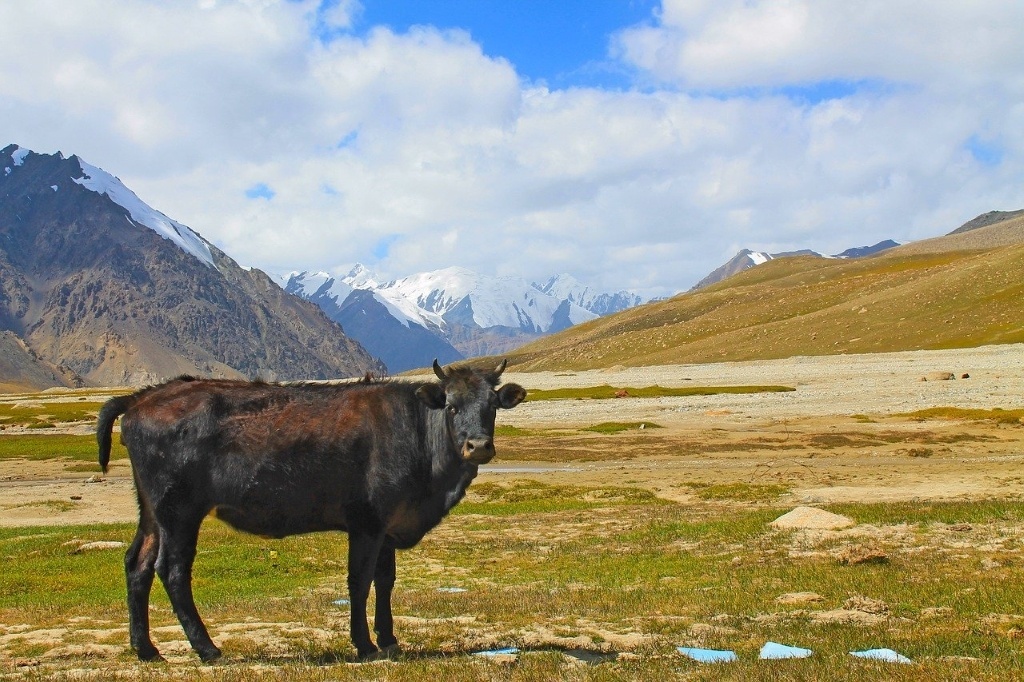
Since WWF India introduced the concept of community-conserved areas in 2004, communities in the northeastern Arunachal Pradesh state have voluntarily declared nine areas — roughly 1,500 sq km of forests, high-altitude lakes, and habitat for charismatic wildlife — as worthy of conservation. Community-based tourism has been an important spin-off industry, offering homestays and guided treks.
Tariq Qaneer reckons the migratory birds that stopover in Jordan can “open up new horizons” for wildlife tourism in the Kingdom. His Bird Project Department at the Royal Society for the Conservation of Nature will conduct guide training next month aimed at promoting birding hotspots among local communities.
Nature-based tourism will be a key economic component of Mozambique’s plans for climate adaptation and biodiversity conservation, according to the minister of land & environment Ivete Maibaze.
The Tadoba-Andhari Tiger Reserve in Maharashtra, India will open to tourists from October 1 with anti-COVID-19 protocols in place. Other wildlife parks may open up soon after, subject to local community approval.
Tourism’s key performance indicators (KPIs) in 2021 will not be arrivals and receipts. According to caretaker chief minister of Malaysia’s Sabah state Datuk Seri Panglima Mohd Shafie Apdal, KPIs in 2021 will be based on making Sabah “a substantial eco-destination” and ensuring tourism stakeholders are supported and encouraged.
Two families of beavers could be living in a 20-acre (8.1‑hectare) wetland habitat in Willington, England by November. Two companies have given Derbyshire Wildlife Trust GBP 140,000 (USD 180,000) to make that happen. The Trust reckons beavers will improve habitat for other species and bring an ecotourism boost to the local economy.
Sustainable tourism & responsible travel is everyone’s business
Freedom of movement is a basic human right. And the travel & tourism industry is everyone’s business. “Everyone” includes not only those who earn a living from the travel & tourism industry, but also people who travel, and people who live in places travelled to and through. EVERYONE. Please share “Good news in tourism” with your friends and colleagues. And dive deeper into “Good Tourism” Insights for ideas on how to make sustainable tourism and responsible travel better … for you, for your people, and for your place. For they are your people. And it is your place.
Odds & ends
Bits ‘n pieces that don’t easily fit into this week’s arbitrary clusters:
In Turkey, partner NGOs in cities and regions around the country are working on a new project, “Your Rights As Well: Accessible Tourism”, to brainstorm issues and generate solutions to accessibility problems within tourism. Focus groups will be composed of young people and decision-makers, people with disabilities, and those without. The aim is to put a national accessible tourism policy proposal to the Ministry of Culture & Tourism.
The World Monuments Fund will release USD 1 million to support preservation work at seven cultural sites: Rapa Nui National Park, Easter Island, Chile; Inari-Yu Bathhouse, Tokyo, Japan; Bennerley Viaduct, Nottinghamshire and Derbyshire, UK; Central Aguirre Historic District, Salinas, Puerto Rico, USA; Canal Nacional, Mexico City, Mexico;
Courtyard Houses of Axerquía, Córdoba, Spain; and Koutammakou, Benin and Togo.
Tourism officials in Vermont, USA hope walking trails through farms will help boost community spirit as well as the economy in rural parts of the state.
Stay healthy, smile, have a good week … And when you can travel again, remember:
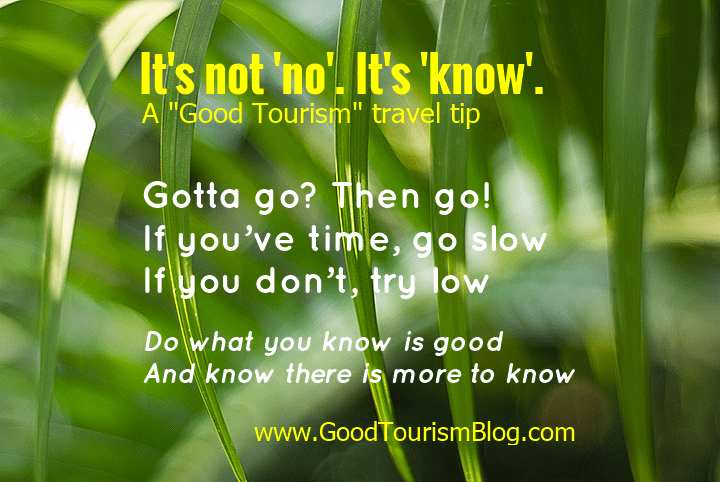
It’s not ‘no’. It’s ‘know’.
Featured image (top of post): “Very sweet,” she said. Spring wildflowers, Walpole, Western Australia. Image by David Gillbanks (CC BY 4.0).
Donations, diversity, disclaimers
To help your correspondent keep his energy-efficient lights on, please consider a private one-off gift or ongoing donation. THANK YOU to those who have! 😍
You are a tourism stakeholder — yes, YOU! — so what’s your view? Do you disagree with anything you have read on “GT”? Join the conversation. Comment below or share your “Good Tourism” Insights. Diversity of thought is welcome on The “Good Tourism” Blog. And you will be supporting an independent publisher with your original content.
Disclaimer 1: It is “GT’s” policy to fully disclose partner/sponsor content. If an item is not disclosed as partner or sponsor-related then it will have caught “GT’s” attention by some other more organic means. Partner with “GT”. You know you want to.
Disclaimer 2: None of the stories linked from this week’s post have been fact-checked by “GT”. All terminology used here is as the linked sources used it according to the knowledge and assumptions they have about it. Please comment below if you know there has been buzzword-washing or blatant nonsense relayed here, but be nice about it. As for “GT” bringing it to your attention for you to set the record straight, you’re welcome! 🙂


